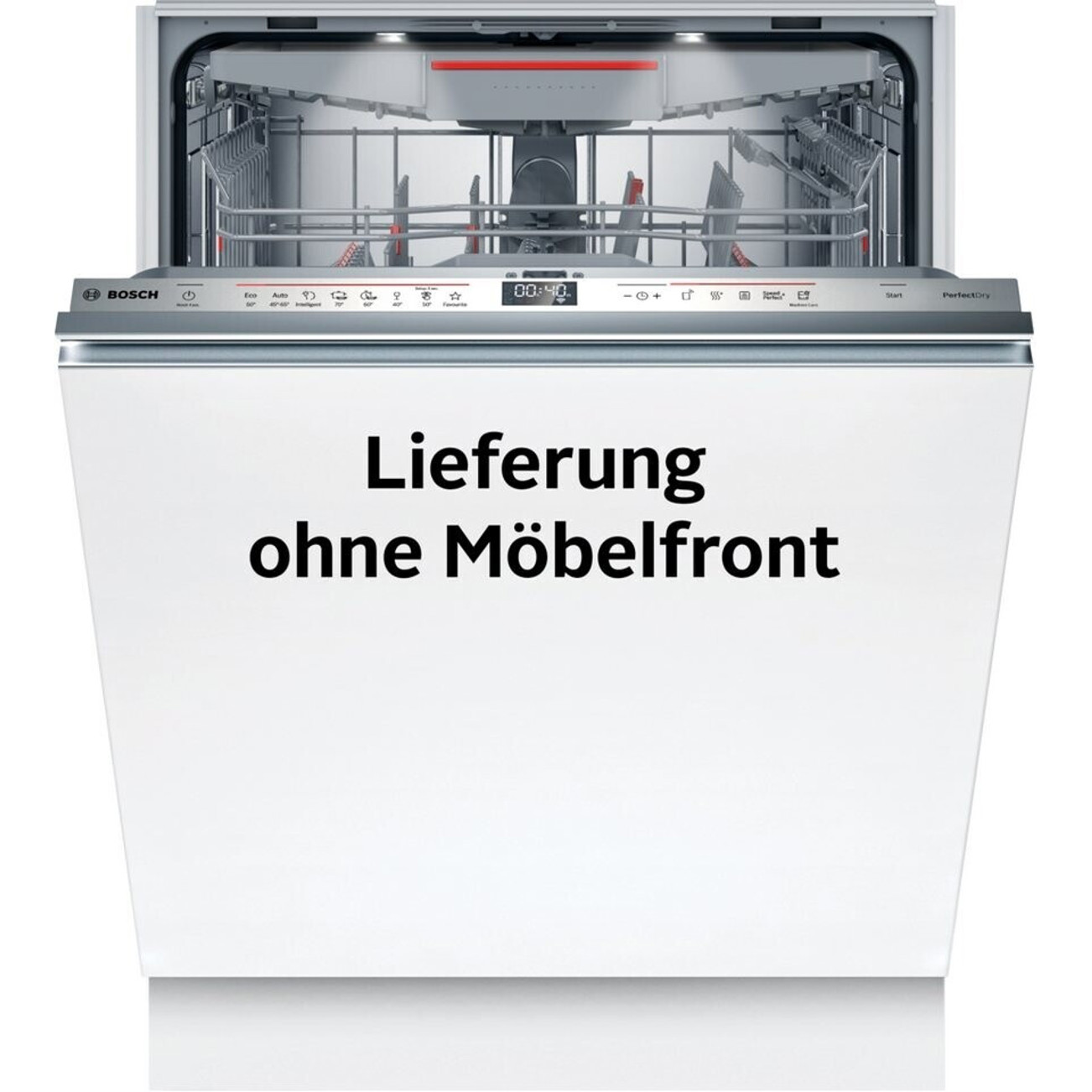This History Behind Cheap Pyrolysis Oven Can Haunt You Forever!

Exploring the World of Cheap Pyrolysis Ovens: An Informative Guide
Intro
In recent years, pyrolysis has actually become a sustainable method for waste management and renewable resource production. With increasing interest in environment-friendly innovations, many business owners and companies are seeking economical alternatives to begin their pyrolysis projects. This post intends to offer an extensive take a look at cheap pyrolysis ovens, exploring their functionality, advantages, and purchasing considerations.
What is a Pyrolysis Oven?
A pyrolysis oven is a customized gadget used to thermally disintegrate organic products without combustion. Instead of burning waste, pyrolysis heats the material in the absence of oxygen, transforming it into important products, including bio-oil, gas, and char. Induktionsfeld 80 Cm Test minimizes waste but likewise creates energy, making it an attractive option for both companies and specific users.
The Benefits of Using Cheap Pyrolysis Ovens
- Cost-Effective Waste Management: Cheap pyrolysis ovens offer an affordable solution for handling organic waste, minimizing landfill dependence.
- Energy Generation: The pyrolysis process can produce eco-friendly energy in the type of bio-oil and syngas, which can be utilized for electrical power generation or heating.
- Environmental Impact: By transforming waste into usable energy and products, pyrolysis helps reduce pollution and carbon emissions.
- Flexibility: Pyrolysis ovens can process different feedstocks, including wood, rubber, plastics, and agricultural residues, making them flexible for various markets.
- Scalability: Many affordable pyrolysis ovens are designed to be modular, enabling easy scalability depending on increasing processing requirements.
Understanding the Types of Pyrolysis Ovens
When seeking a cheap pyrolysis oven, it's important to comprehend the various types available. Below is a table summing up some popular alternatives:
| Type of Pyrolysis Oven | Description | Typical Cost Range | Ideal Feedstock |
|---|---|---|---|
| Batch Pyrolysis Oven | Procedures fixed amounts of material in a batch. | ₤ 5,000 - ₤ 15,000 | Wood chips, farming waste |
| Constant Pyrolysis Oven | Operates continuously for ongoing feedstock processing. | ₤ 15,000 - ₤ 50,000 | Plastic waste, rubber |
| Small Pyrolysis Kit | Compact units ideal for home or small-scale setups. | ₤ 1,000 - ₤ 5,000 | Household waste, little debris |
| Mobile Pyrolysis Unit | Portable ovens for on-site waste processing. | ₤ 10,000 - ₤ 30,000 | Blended waste, construction debris |
Factors to Consider When Purchasing a Cheap Pyrolysis Oven
Buying a pyrolysis oven needs careful consideration of numerous aspects to make sure an excellent investment. Below is a list of important elements to bear in mind:
- Processing Capacity: Determine how much feedstock you plan to procedure and select an oven that satisfies your capacity needs.
- Material Type: Select an oven that appropriates for the type of waste you plan to process to accomplish ideal outcomes.
- Expense vs. Quality: While price is necessary, ensuring the oven is made from quality products and has built-in security mechanisms is vital.
- Warranty and Support: Look for producers offering warranties and client support, as this can save you time and cash in case of equipment concerns.
- Reviews and Recommendations: Research online reviews and seek recommendations from users or market specialists to much better understand performance and reliability.
- Regional Regulations: Ensure the oven you choose adhere to regional ecological policies to avoid penalties or functional disturbances.
Regularly Asked Questions (FAQ)
Q1: How does a pyrolysis oven work?
A1: A pyrolysis oven warms natural material in an oxygen-free environment, breaking it down into bio-oil, syngas, and char. The process involves thermal decay at heats, generally in between 300 ° C and 800 ° C. Q2: Is a cheap pyrolysis oven efficient?
A2: Efficiency can differ based upon the style and quality of the oven. While more affordable designs might have lower effectiveness, many affordable alternatives still provide effective waste conversion at an affordable rate.
Q3: Can I utilize a pyrolysis oven for all kinds of waste?
A3: Although pyrolysis ovens can process numerous feedstocks, it's necessary to choose an oven that is specifically developed for the type of product you plan to process. Some ovens work better with particular materials than others.
Q4: What are the end products of pyrolysis?
A4: The primary items of pyrolysis are bio-oil, which can be utilized as fuel, syngas, which can be burned for heat or electrical energy, and char, which can be utilized as biochar or a carbon source.
Q5: Are cheap pyrolysis ovens safe to run?
A5: Many cheap pyrolysis ovens are developed with security functions. However, appropriate operation and sticking to security standards are important to lessen risks.
Cheap pyrolysis ovens offer an accessible path for people and services to take part in waste management and renewable resource generation practices. By understanding their features, benefits, and purchasing considerations, users can make educated decisions that add to sustainability while also addressing expense issues.
As the world approaches greener innovations, the availability of affordable pyrolysis ovens might motivate more stakeholders to invest in this innovative approach to lose management. Whether made use of on a little scale or in larger operations, these ovens represent an action forward in tackling waste and taking advantage of renewable resource sources.

